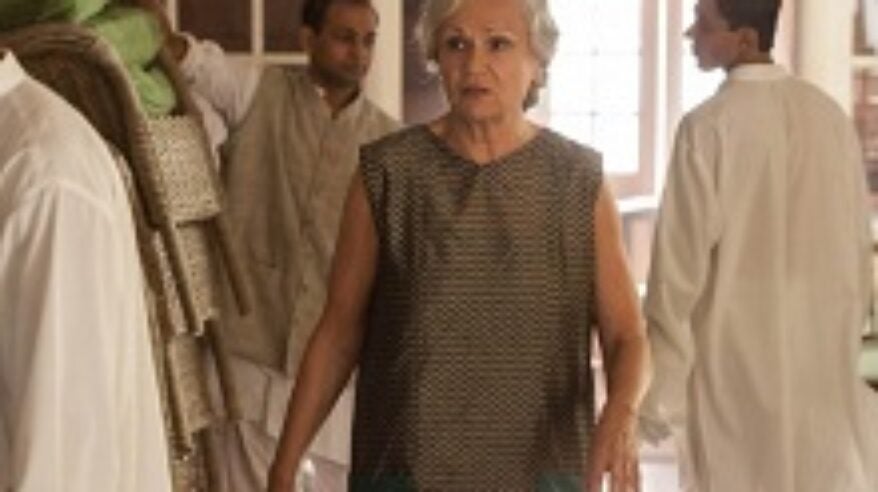Indian Summers brings real drama to life

The island of Penang, off the west coast of Malaysia, may seem an unlikely home for a series set in colonial India, but with the shared experience of being part of the British Empire visible in both history and architecture, it turned out to be the perfect location for the six-month long shoot of upcoming Channel 4 series Indian Summers.
Â
As the broadcaster itself is quick to point out, the story of the aristocracy at the height of empire has been told many times before. However, we only need to look at Downton Abbey to see that multi-layered stories concerning the rise and fall of the higher echelons of society, doesn’t yet bore the general audience. Indian Summers appears to have what a potential success needs; a great cast, beautiful filming locations and lots of scandal in its storyline.
Â
Â
Though set in 1932, the real story of Indian Summers actually started quite a few decennia later, with the find of a series of photos in a Darjeeling hotel. When series creator Paul Rutman, who himself had worked as a young teacher in an Indian boarding school, was shown the pictures of an India of the past, his fascination with the country was reignited.
Â
“I found the atmosphere, the nostalgia, the weather and buildings of hill stations fascinating,” he says. “And these were photos of people like us, 80 years ago, having tea parties and trying to recreate this idea of England in an environment that wasn’t England.
Â
“I thought about this whole world being either forgotten or swept under the carpet. Empire is still something that many on the right are quietly proud of, but a source of deep shame and self-castigation from the left. With Indian Summers, I wanted to ride those contradictions.”
Â
Historical accuracy is key in drama
The importance of factual accuracy in productions like Indian Summers is crucial and therefore Rutman’s research into this complex era was rigorous. He spent 12 months reading histories and memoirs whilst speaking to various experts on the period.
Â
Two of these historical consultants were Raaja Bhasin and Downton Abbey’s Alastair Bruce. They advised Rutman on the etiquette of that time.
Â
Â
Asking Bruce what he thinks sets Indian Summers apart from other British dramas that have looked at this period in India’s history, he says: “Indian Summers takes you into a colonial environment, where you witness the interaction of two class structures thrown together by seen and unseen power struggles. It also sees people respond to their feelings, aspirations and destiny against an unfamiliar, exotic and beautiful backdrop, itself stitched with rigid rules of behaviour.”
Â
His colleague Bhasin says it wasn’t too difficult balancing the need to instil drama while also retaining historical accuracy.
Â
“Real-life drama has existed throughout history. Personal relationships in a rarefied setting were anyway there. We just had to balance this out.
Â
“Really important for me were the nuances in speech and mannerism that were key to the period; for example, the wife of a British senior civil servant would never address a servant by name but would use his job-title. One of the challenges was that the filming was not done in Simla [where the story is said to take place] so as can be expected, the setting will have a different look, but the portrayal is accurate in most ways.”
Â
Indian Summers starts 15 February at 9pm on Channel 4.
Share this Article















